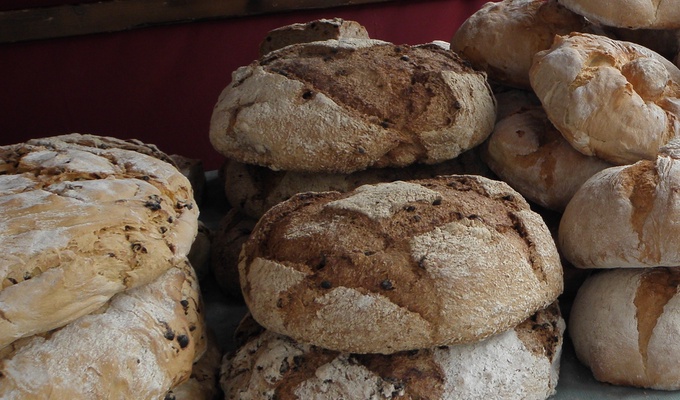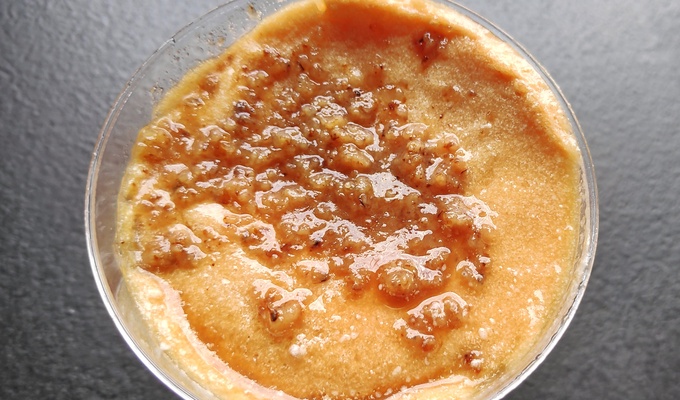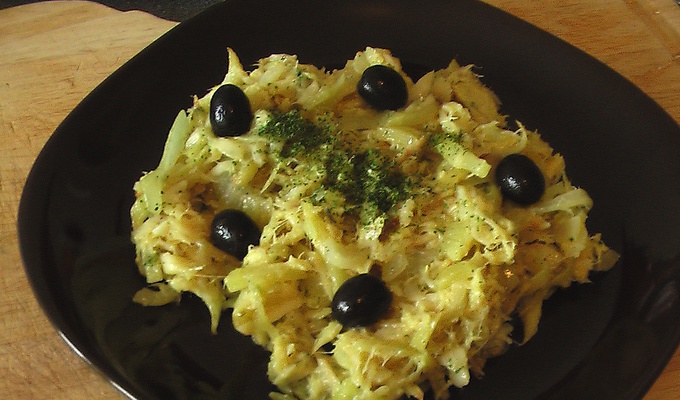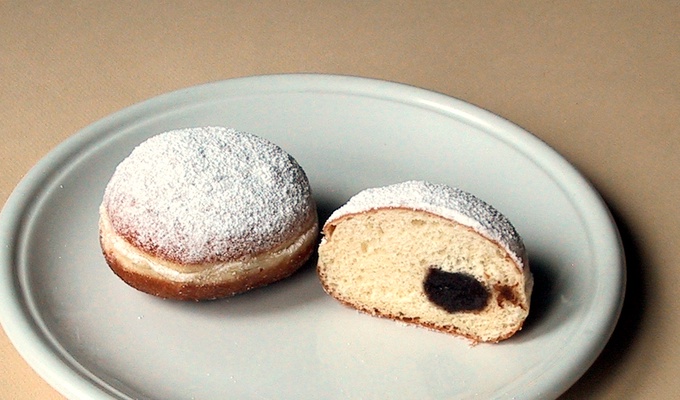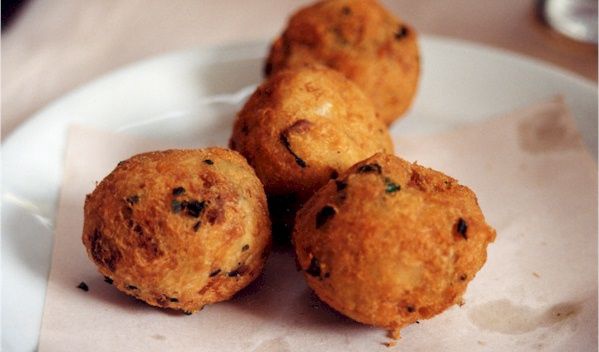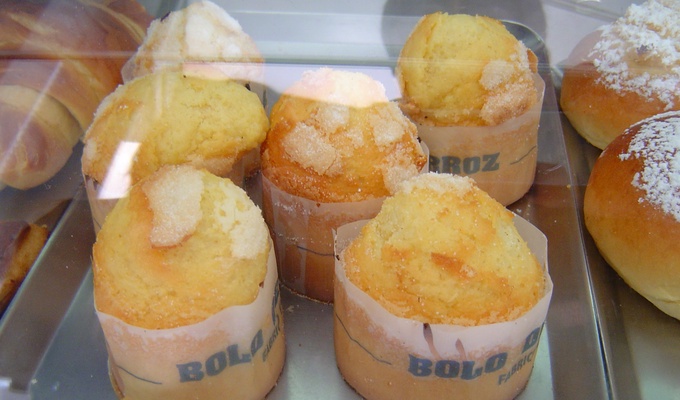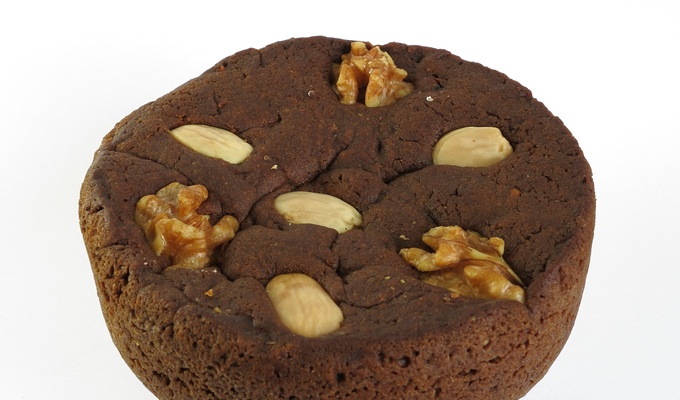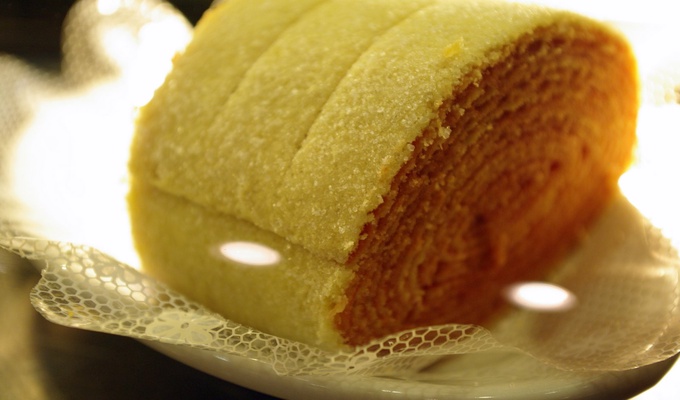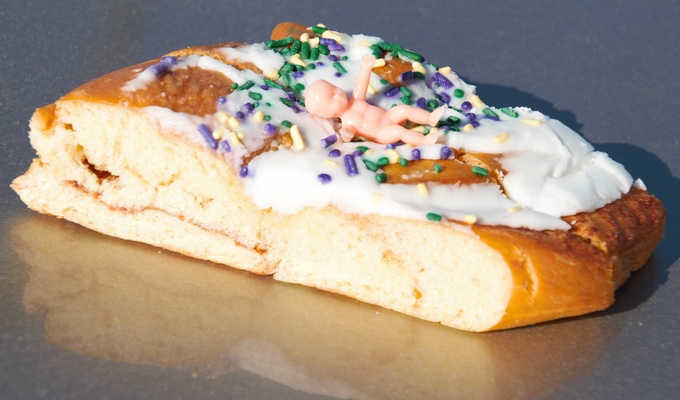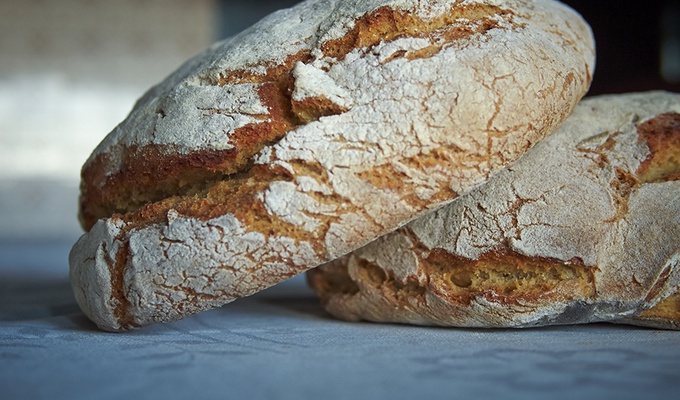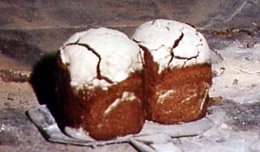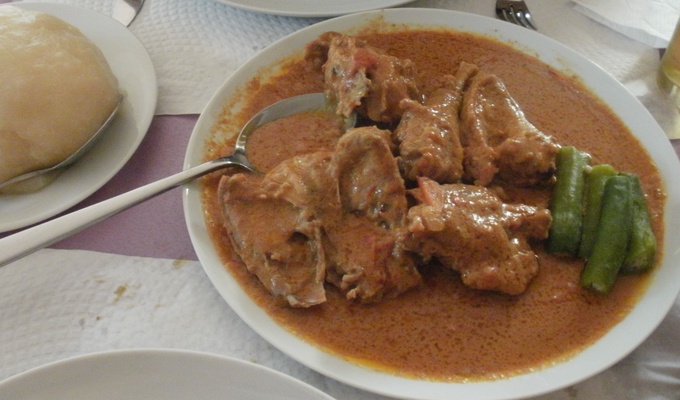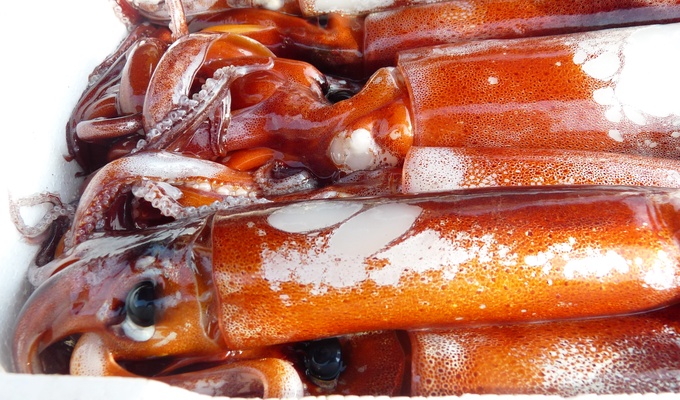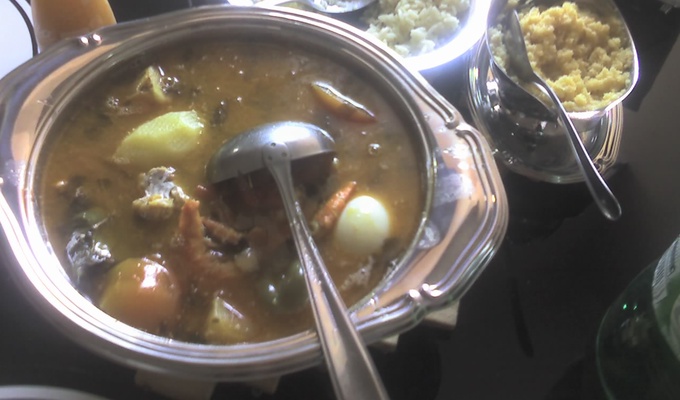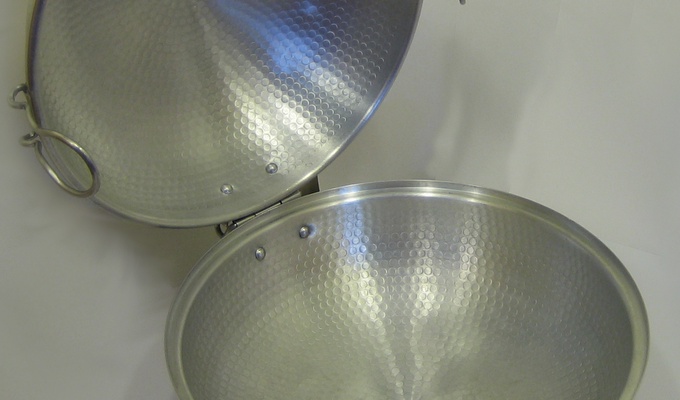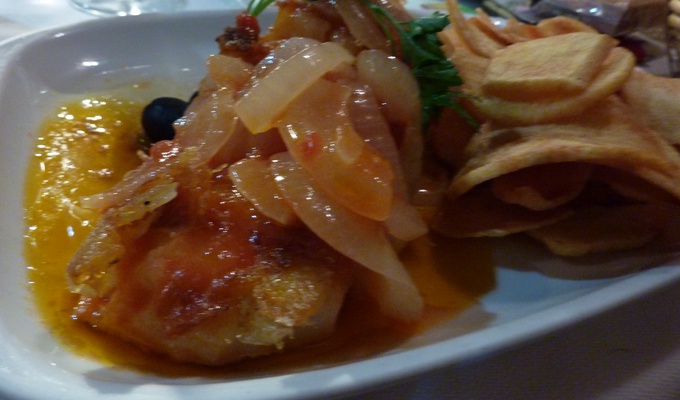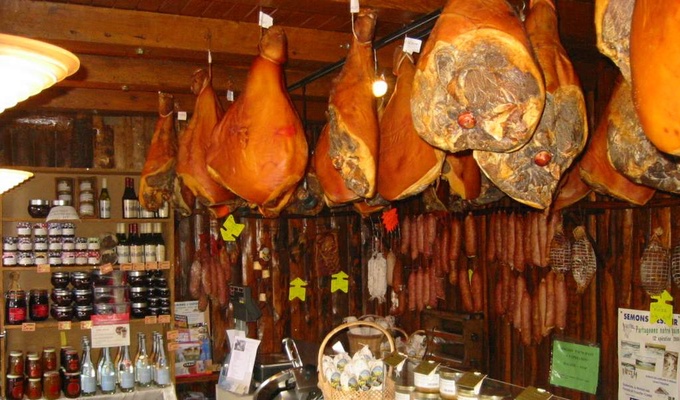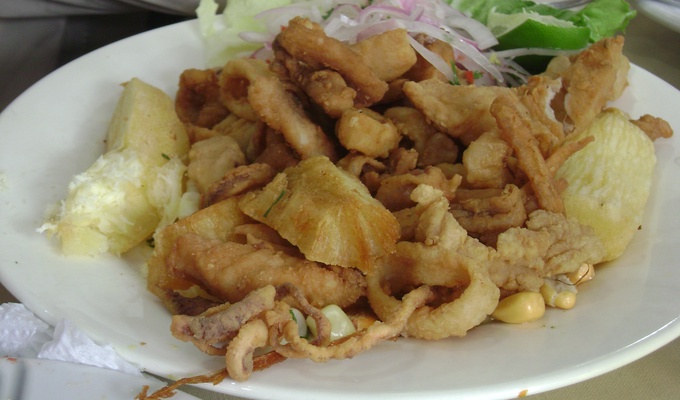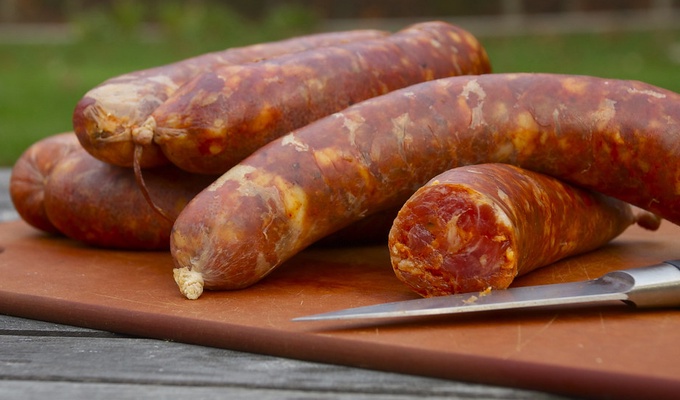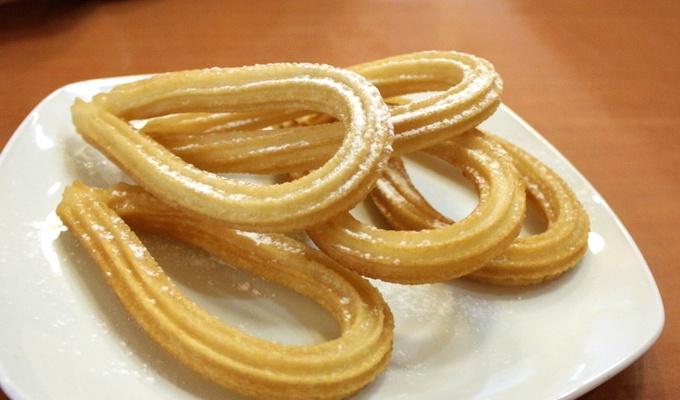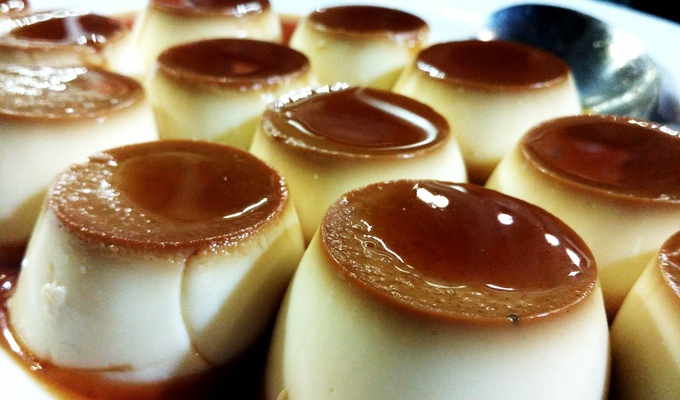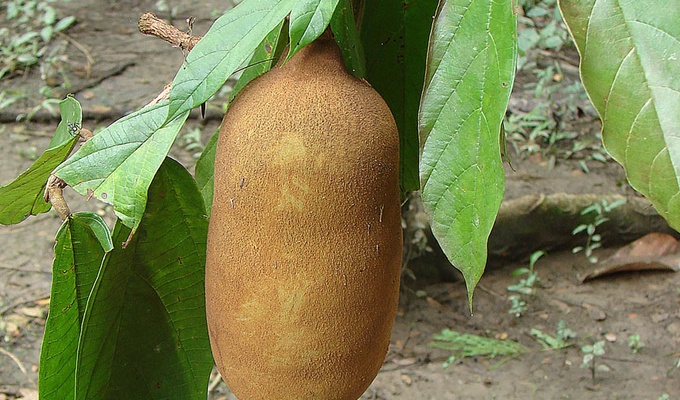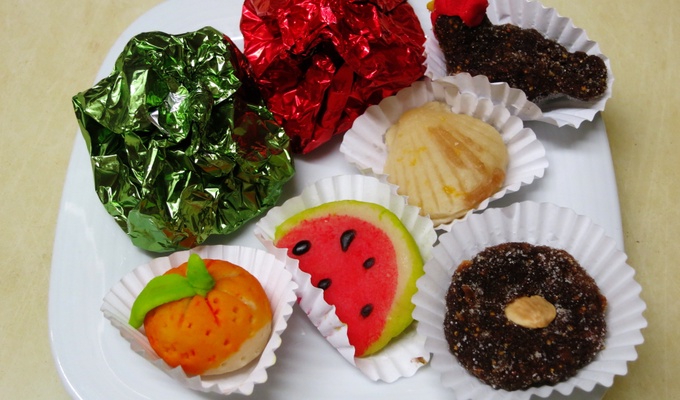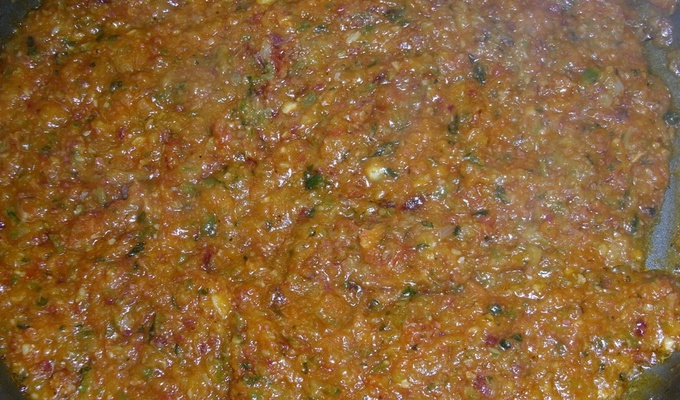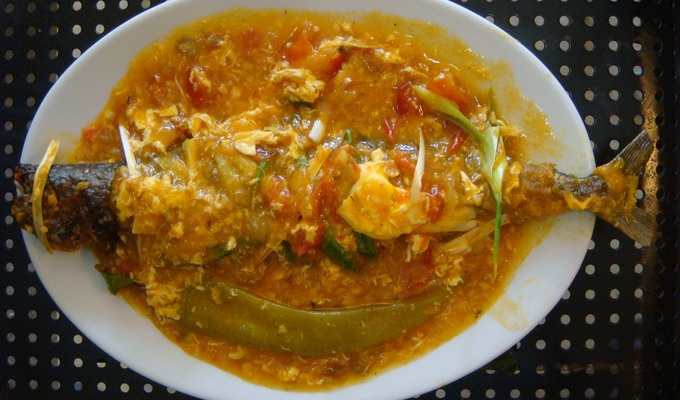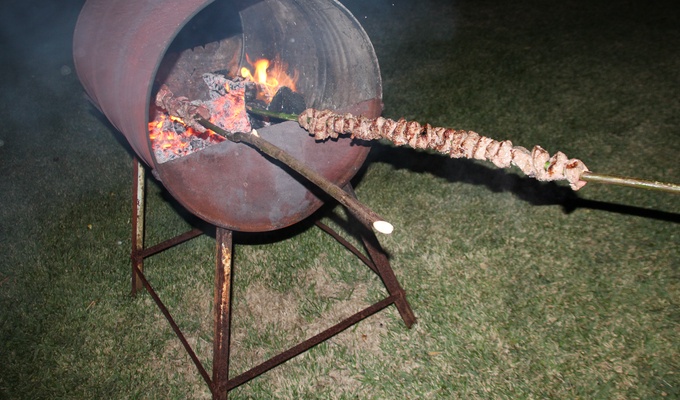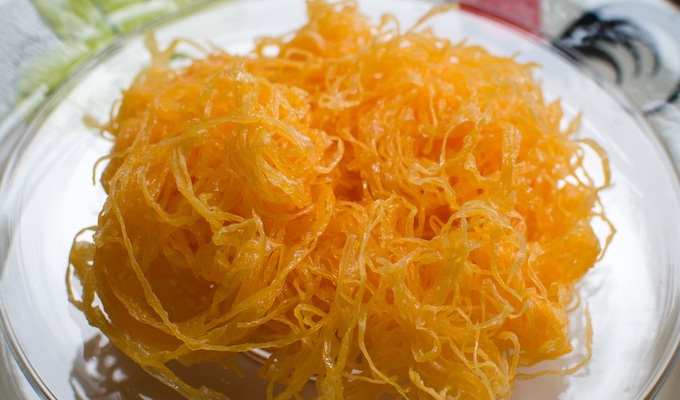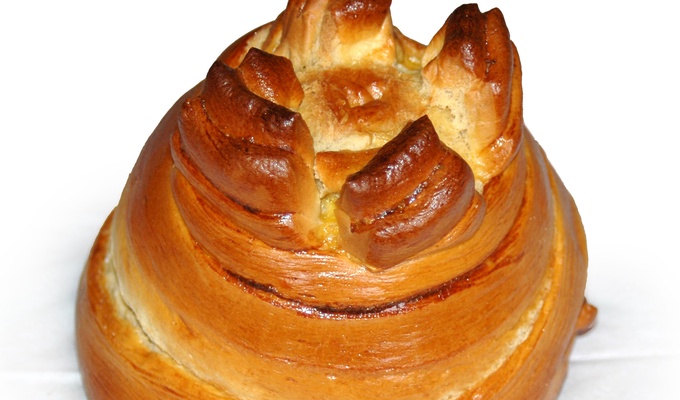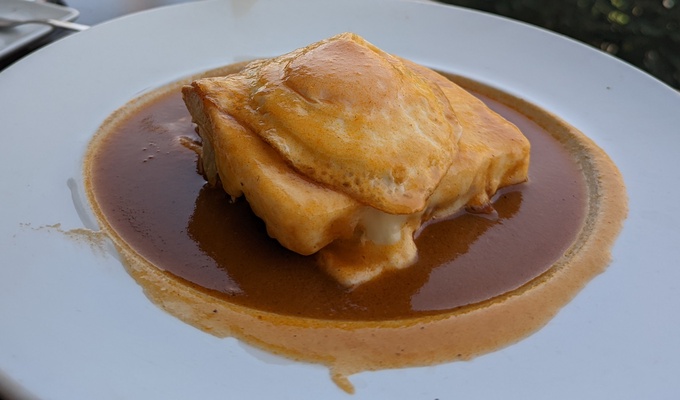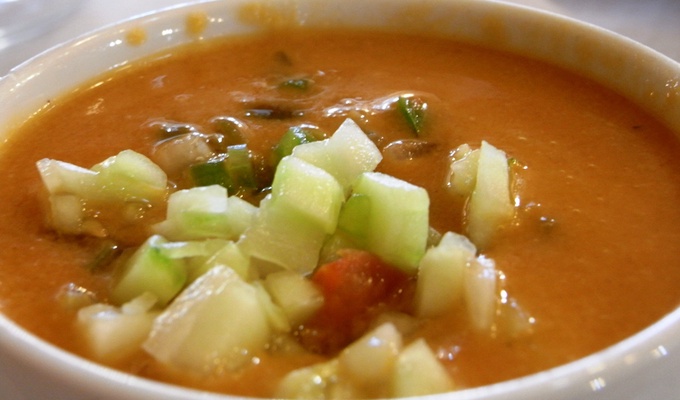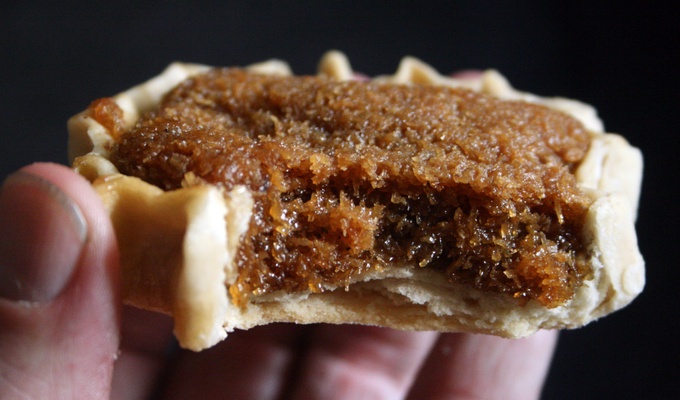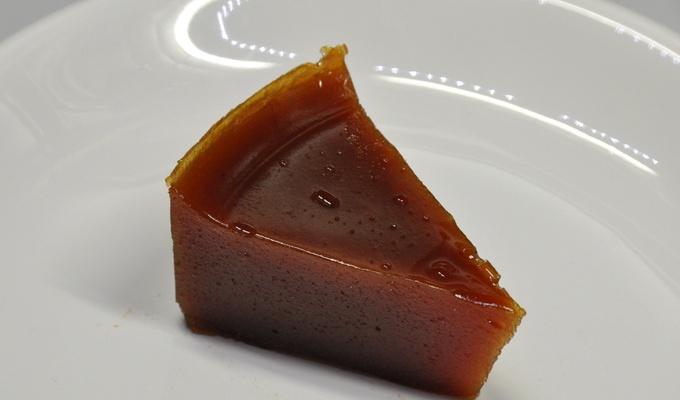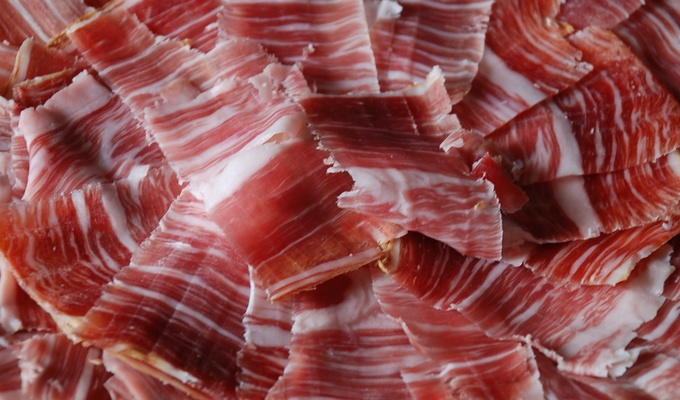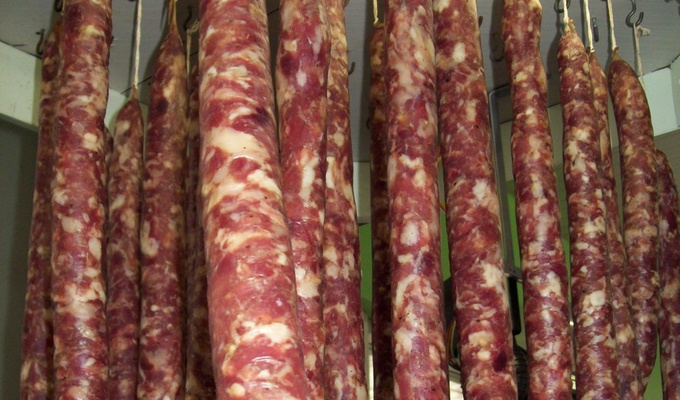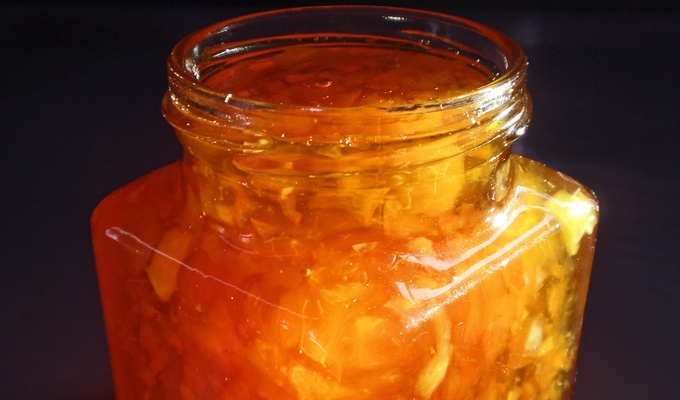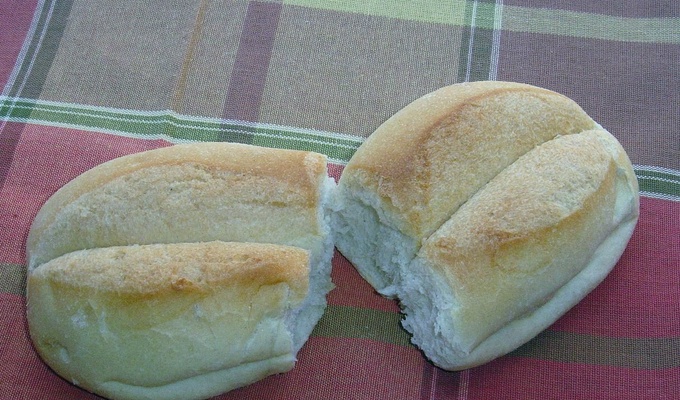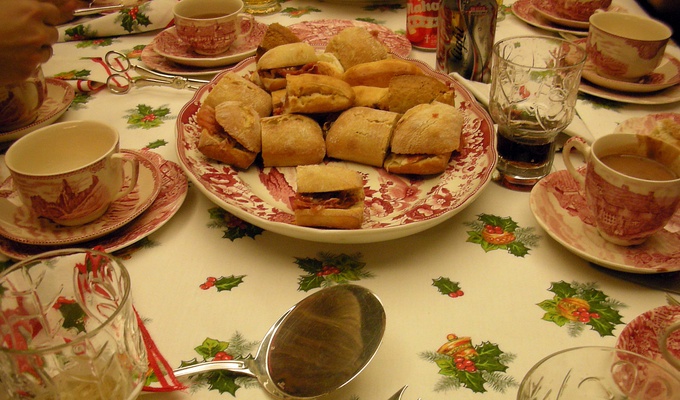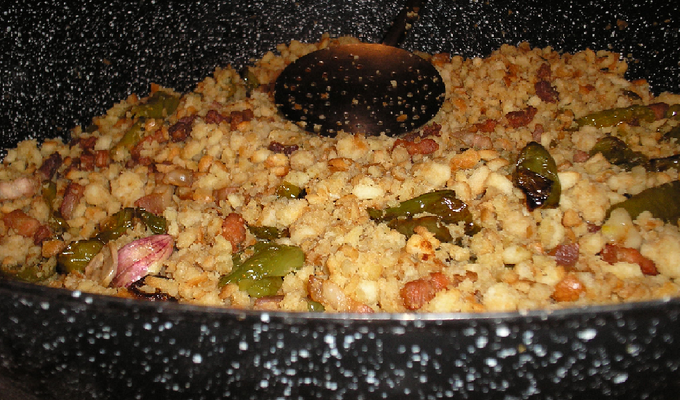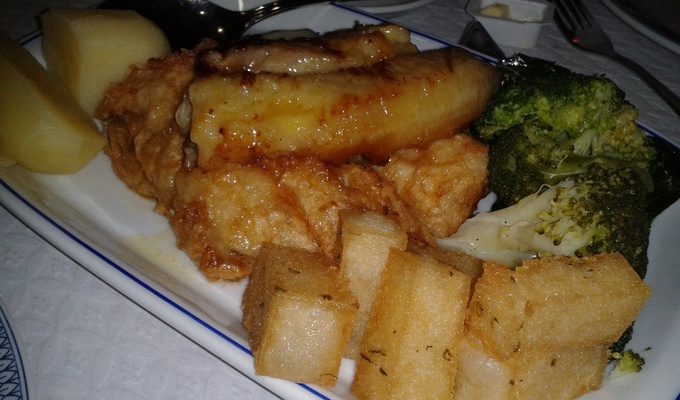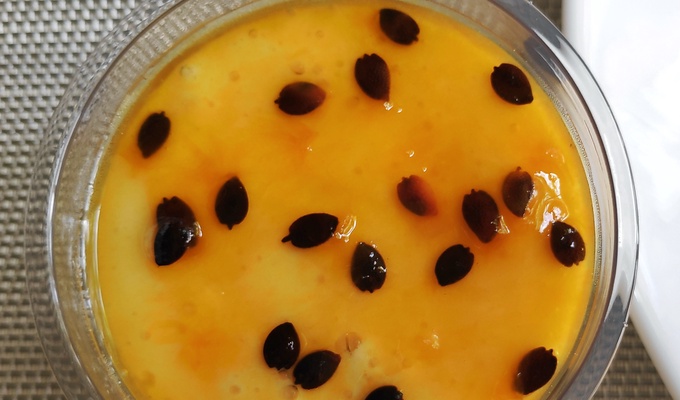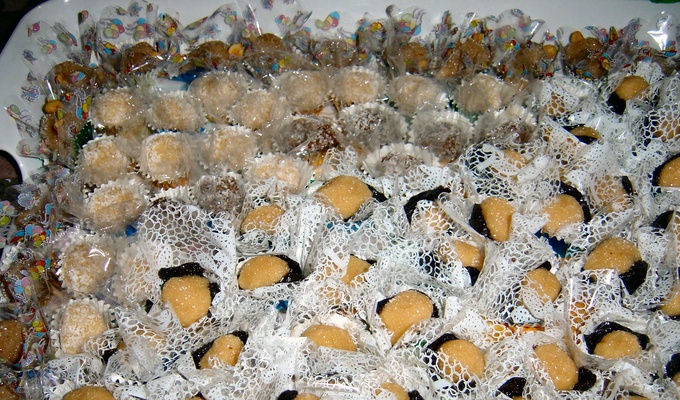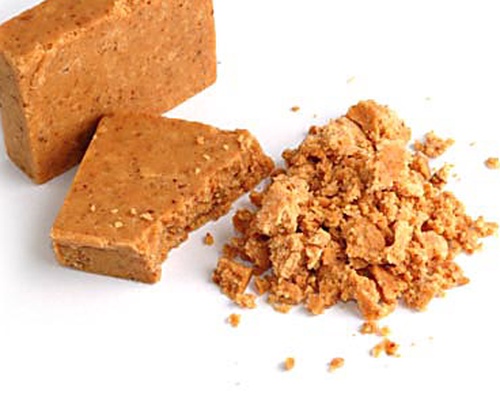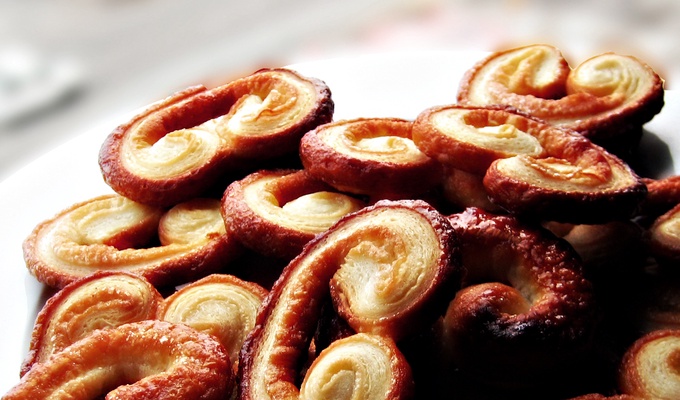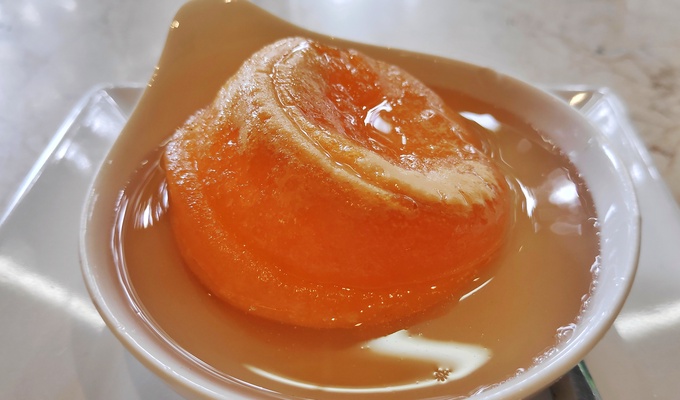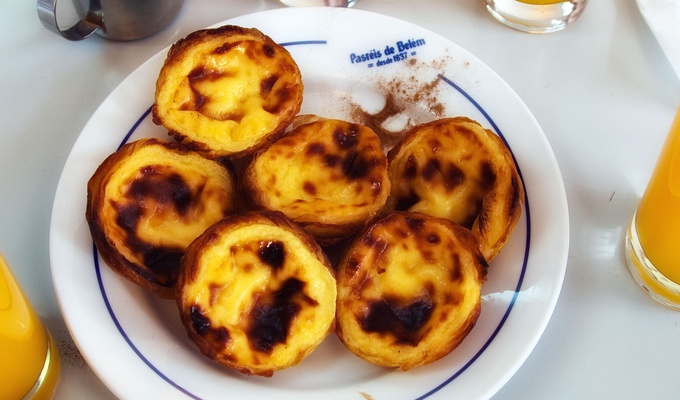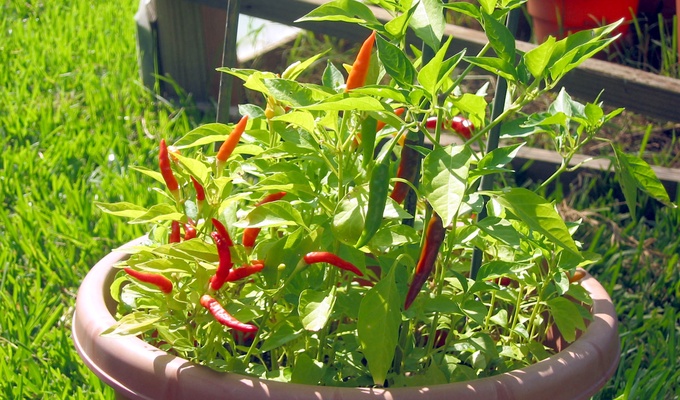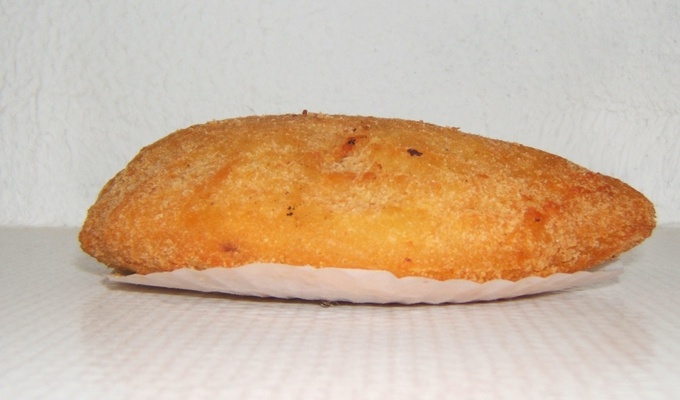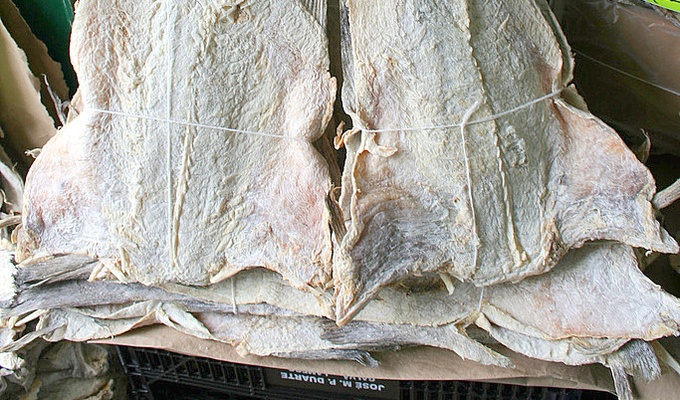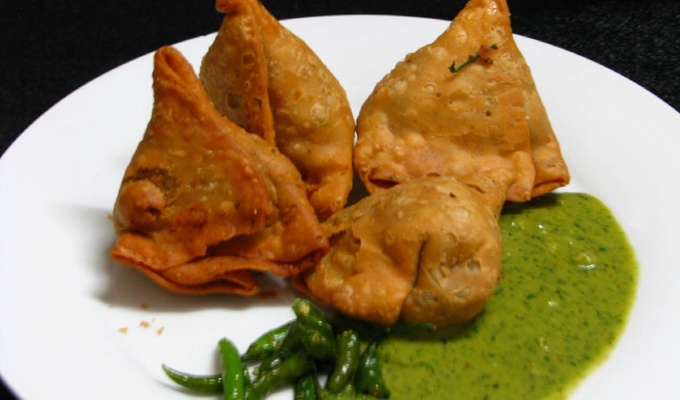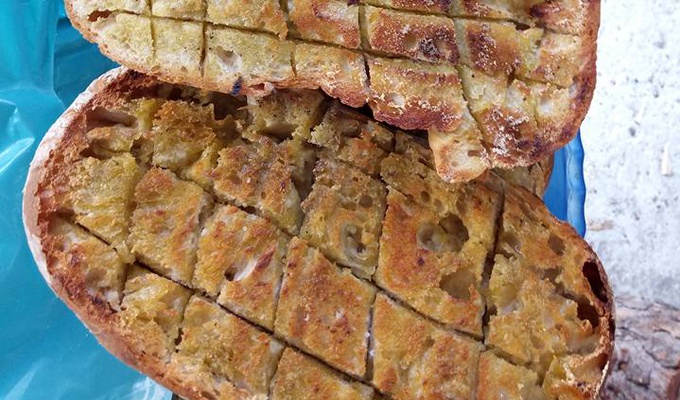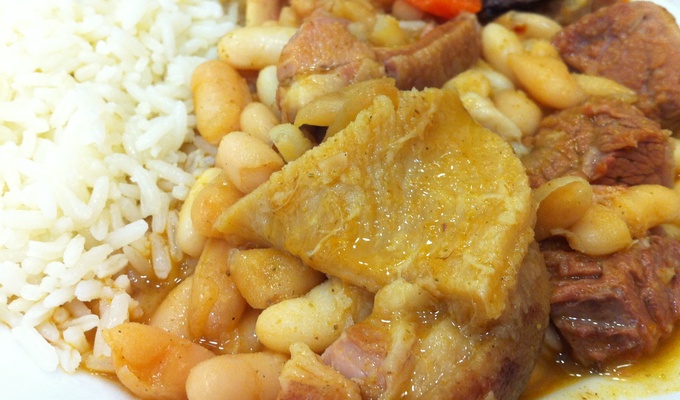The oldest known book on Portuguese cuisine, entitled Livro de Cozinha da Infanta D. Maria de Portugal, from the 16th century, describes many popular dishes of meat, fish, poultry and others.
Culinária Portuguesa, by António-Maria De Oliveira Bello, better known as Olleboma; was published in 1936. Despite being relatively restricted to an Atlantic, Celtic sustenance, the Portuguese cuisine also has strong French and Mediterranean influences.
The influence of Portugal's spice trade in the East Indies, Africa, and Americas is also notable, especially in the wide variety of spices used. These spices include piri piri (small, fiery chili peppers), white pepper, black pepper, saffron, paprika, clove, allspice, cumin, cinnamon and nutmeg are used in meat, fish or multiple savoury dishes from Continental Portugal, the Azores and Madeira islands. Cinnamon, vanilla, lemon zest, orange zest, aniseed, clove and allspice are used in many traditional desserts and some savoury dishes.
Garlic and onions are widely used, as are herbs; bay leaf, parsley, oregano, thyme, mint, marjoram, rosemary and coriander are the most prevalent.
Olive oil is one of the bases of Portuguese cuisine, which is used both for cooking and flavouring meals. This has led to a unique classification of olive oils in Portugal, depending on their acidity: 1.5 degrees is only for cooking with (virgin olive oil), anything lower than 1 degree is good for dousing over fish, potatoes and vegetables (extra virgin). 0.7, 0.5 or even 0.3 degrees are for those who do not enjoy the taste of olive oil at all, or who wish to use it in, say, a mayonnaise or sauce where the taste is meant to be disguised.
Portuguese dishes include meats (pork, beef, poultry mainly also game and others), seafood (fish, crustaceans such as lobster, crab, shrimps, prawns, octopus, and molluscs such as scallops, clams and barnacles), vegetables and legumes and desserts (cakes being the most numerous). Portuguese often consume rice, potatoes, and bread with their meals and there are numerous varieties of traditional fresh breads like broa which may also have regional and national variations within the countries under Lusophone or Galician influence. In a wider sense, Portuguese and Galician cuisine share many traditions and features.
